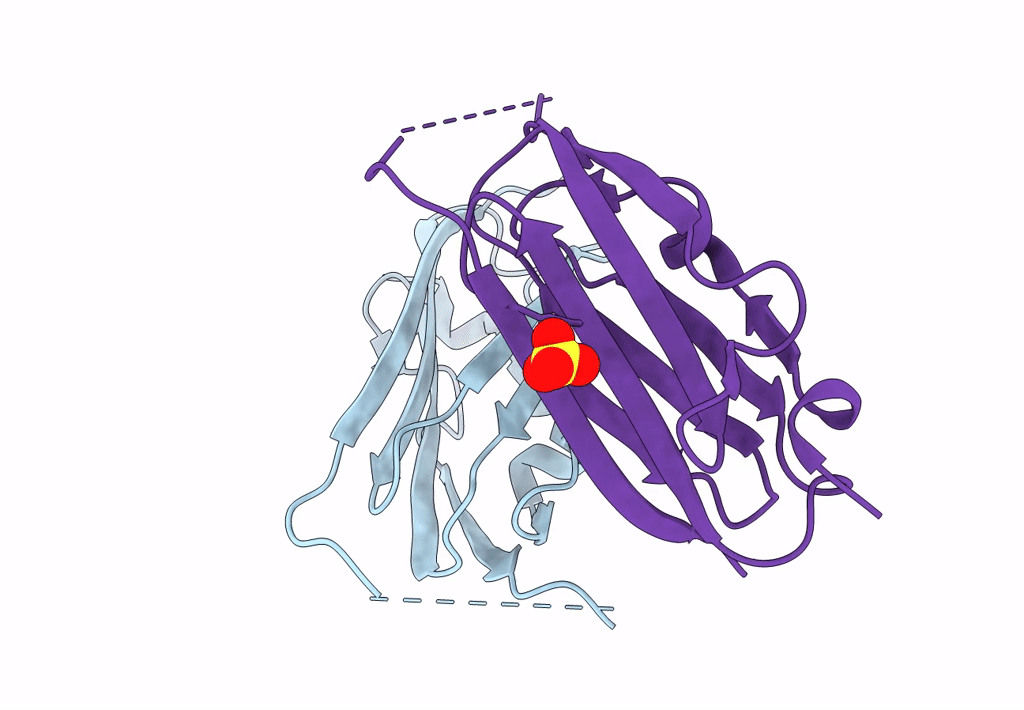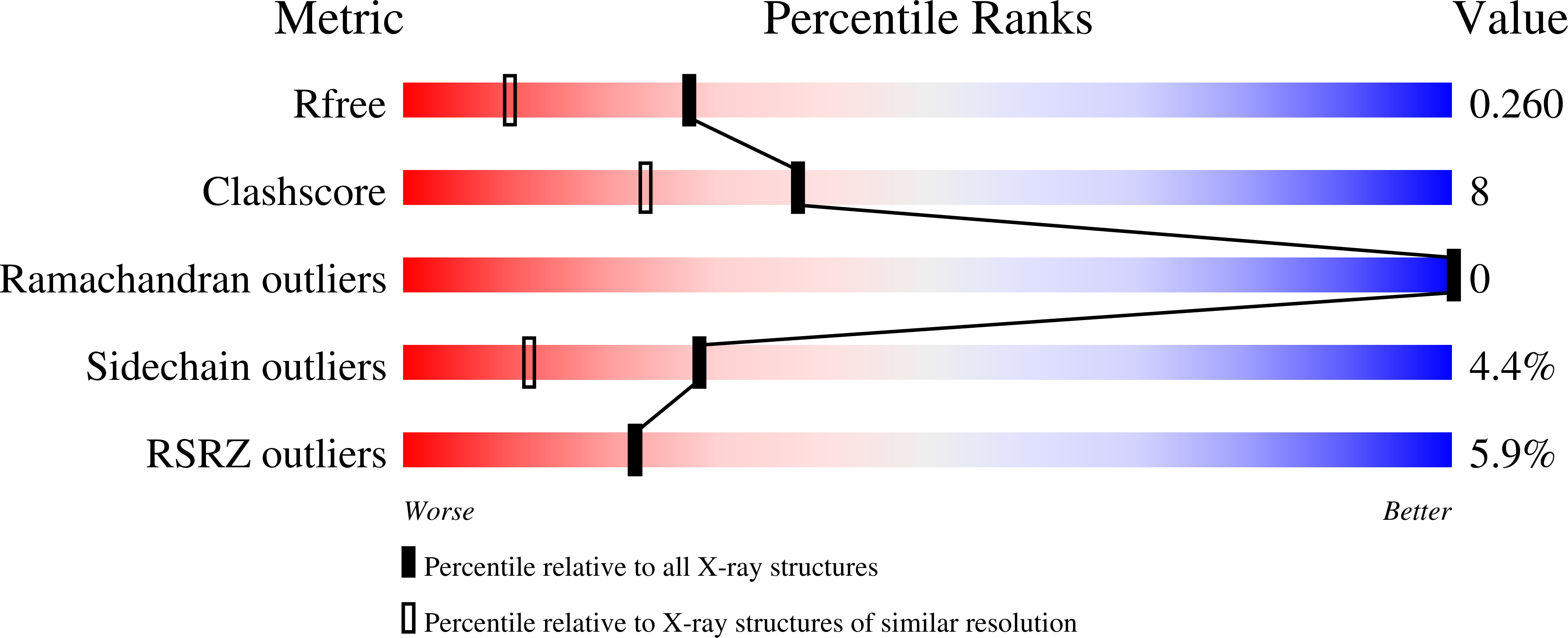
Deposition Date
2021-09-27
Release Date
2023-04-12
Last Version Date
2023-10-25
Method Details:
Experimental Method:
Resolution:
1.85 Å
R-Value Free:
0.26
R-Value Work:
0.19
R-Value Observed:
0.20
Space Group:
P 21 2 21


